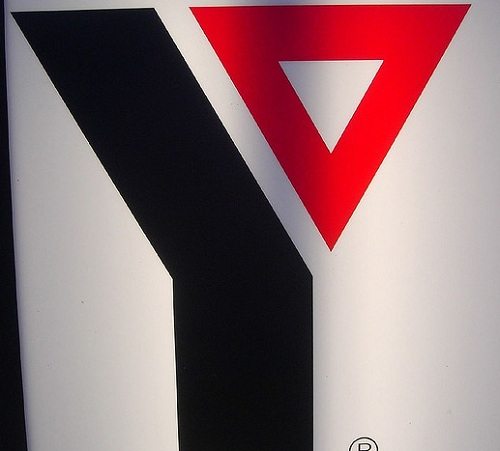
May 13, 2013; Tampa Bay Times
In Florida, a group has gathered together to raise money to save a historic building and establish it as a center for arts, social services, and more, all in the desire to create a place of community healing. However, the national YMCA-USA is suing, claiming the local group is causing confusion among donors with its name: Historic YMCA, Inc.
The building was built in 1926 using more than $550,000 in contributions from area donors. An example of Mediterranean Revivalist architecture, it’s described on the website as having “Mayan, English & American Indian decorative features, peaky cypress beams from Lebanon, ornate plaster, Spanish tile throughout, pool & patio, towering gymnasium, roof top tower, and large scale basement.”
Sign up for our free newsletters
Subscribe to NPQ's newsletters to have our top stories delivered directly to your inbox.
By signing up, you agree to our privacy policy and terms of use, and to receive messages from NPQ and our partners.
According to the article, the local nonprofit group has a contract to purchase the building for $1.4 million, saving it from demolition. It has been on the market for a number of years, and the latest plans have been conversion to condos or demolition to make room for a new bank building. A payment of $360,000 is due in June, and a local donor has stepped up with that amount.
The lawsuit is for trademark infringement, false designation of origin, and other concerns. Essentially, the argument is that a major capital campaign is under way including the name “YMCA,” and the money is being raised at least partially because of the community goodwill towards that social service organization. On the other hand, the leader of the local nonprofit suggests the name of the nonprofit reflects how the building is known, and constitutes “fair use.” (To avoid any confusion, interested readers are directed to the US Copyright office for a definition of that term.)
A number of questions are raised in this issue. For example, if the community raised the money to build the building, do they own it and have the naming rights in perpetuity? After all, the YMCA left the building the community had helped establish. When does the name of a building become, in a sense, common law, such as “Candlestick Park” in San Francisco, the “Sears Tower” in Chicago, or the “Pan Am” building in New York, all of which have long since had name changes but are still called by their original designation? Even though the name of the nonprofit does not contain the word “Building,” will the community rightly assume any donations are to save the facility, rather than to support social services offered by the Y? Or is the community smart enough to know the difference?
As a coda, we note that there is a building called the Historic Y in Tucson, Arizona. Although that building was originally a YWCA facility, the notion of a building having a designation or name that refers to the social service agencies commonly known as the “Y” already exists.—Rob Meiksins













